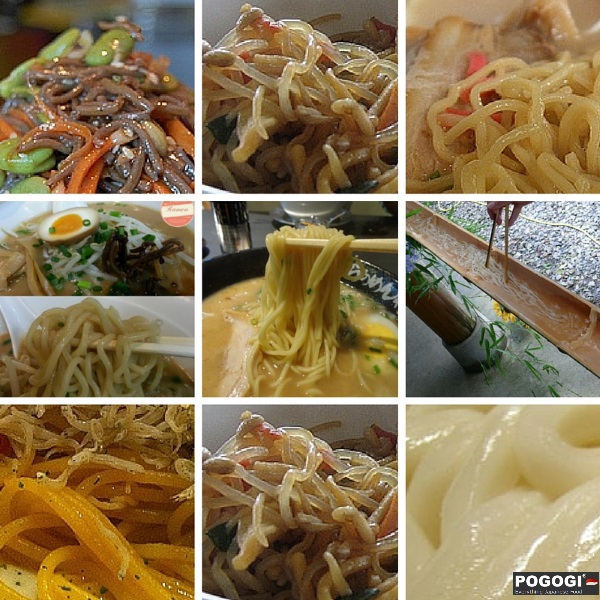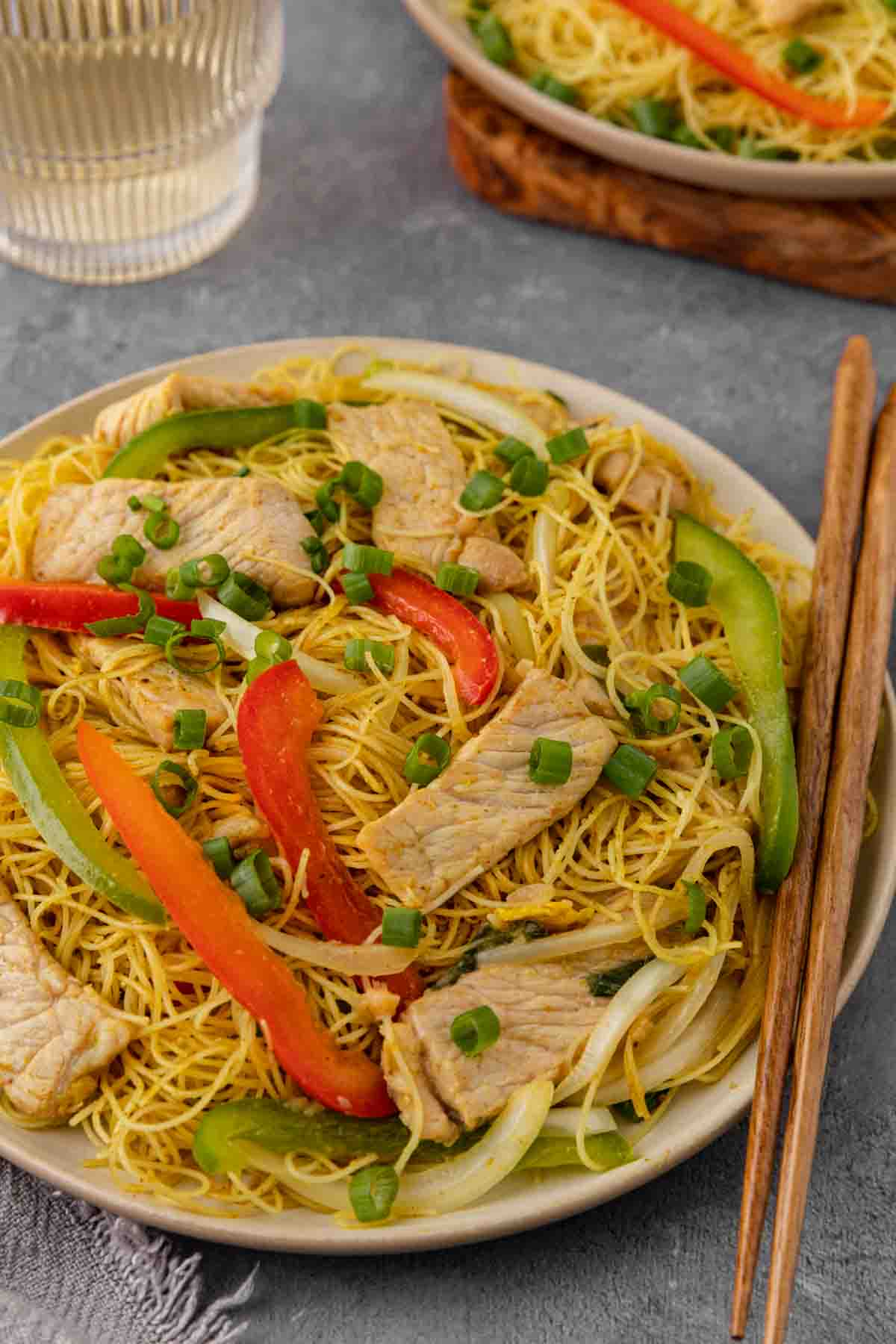Japanese cuisine has captivated food lovers around the globe, with Japanese noodles standing out as a versatile and essential component of the country's culinary heritage. Whether you're slurping soba, savoring udon, or enjoying ramen, these noodles offer a gateway to authentic flavors and cultural experiences. As popularity for Japanese noodles continues to grow, understanding their varieties, preparation methods, and cultural significance becomes increasingly important for food enthusiasts worldwide.
From local street stalls to high-end restaurants, Japanese noodles have become a staple in both traditional and modern dining experiences. Their adaptability makes them perfect for various dishes, whether served hot in a savory broth or chilled with dipping sauces. With growing interest in global cuisines, Japanese noodles have found their way onto menus worldwide, inspiring chefs and home cooks alike to experiment with new recipes and techniques.
This comprehensive guide delves into the world of Japanese noodles, exploring their history, preparation methods, and cultural significance. By understanding the nuances of each type, you can elevate your cooking skills and appreciate the rich traditions behind these beloved ingredients. Whether you're a seasoned chef or a curious beginner, this article will provide valuable insights into the art of Japanese noodle-making.
Read also:Awardwinning Bollywood Celebrating Excellence In Indian Cinema
What Are the Most Popular Types of Japanese Noodles?
When it comes to Japanese noodles, several varieties stand out for their unique flavors and textures. Ramen, perhaps the most internationally recognized, features wheat-based noodles served in a rich broth. Soba noodles, made from buckwheat, offer a nutty taste and delicate texture, while udon noodles are thick and chewy, perfect for heartier dishes. Each type of noodle brings something special to the table, making Japanese cuisine incredibly diverse and satisfying.
How Do You Choose the Right Japanese Noodles for Your Recipe?
Selecting the appropriate noodles depends on your desired dish and flavor profile. For instance, soba noodles work well in cold dishes with dipping sauces, while udon excels in hot soups. Ramen noodles pair beautifully with a variety of broths, from creamy tonkotsu to light shoyu. Understanding the characteristics of each noodle type helps you create authentic Japanese dishes that impress even the most discerning palates.
Why Are Japanese Noodles Gaining Popularity Worldwide?
The global appeal of Japanese noodles stems from their versatility and ability to adapt to different culinary styles. Chefs worldwide appreciate their ability to enhance both traditional and fusion dishes. Additionally, the health benefits associated with some types of Japanese noodles, particularly soba, attract health-conscious consumers. The increasing availability of authentic ingredients and online resources has also contributed to their growing popularity.
History and Cultural Significance of Japanese Noodles
The history of Japanese noodles dates back centuries, with influences from neighboring countries shaping their development. Early forms of noodles were introduced through trade with China, evolving into distinct Japanese varieties over time. Today, these noodles play a crucial role in Japanese culture, often served during celebrations and special occasions. Each region in Japan boasts its own unique noodle specialties, reflecting local traditions and ingredients.
Where Can You Find Authentic Japanese Noodle Recipes?
- Japanese cookbooks and online resources
- Local Japanese restaurants and noodle shops
- Culinary classes specializing in Japanese cuisine
Authentic recipes can be found in various sources, from traditional cookbooks to modern online platforms. Japanese restaurants and noodle shops often share their expertise through workshops and demonstrations, while culinary classes provide hands-on experience in preparing these dishes. Exploring these resources allows you to deepen your understanding and appreciation of Japanese noodle-making.
What Are the Health Benefits of Japanese Noodles?
Certain types of Japanese noodles offer nutritional advantages that make them appealing choices for health-conscious diners. Soba noodles, made from buckwheat, provide essential vitamins and minerals while being gluten-free. Udon noodles, though higher in carbohydrates, can be enjoyed in moderation as part of a balanced diet. Incorporating Japanese noodles into your meals offers both culinary satisfaction and potential health benefits.
Read also:Unveiling The Phenomenon Of Teenyxy A Deep Dive Into The Rising Trend
Tips for Cooking Perfect Japanese Noodles
Achieving perfectly cooked Japanese noodles requires attention to detail and proper technique. Start by using high-quality ingredients and following recommended cooking times. Rinse noodles thoroughly to remove excess starch, ensuring a smooth texture. Experiment with different broths, sauces, and toppings to create flavorful dishes that showcase the unique qualities of each noodle type.
Can You Substitute Japanese Noodles in Recipes?
While substituting Japanese noodles may work in some cases, it's important to consider the impact on flavor and texture. For example, substituting soba noodles with regular pasta might alter the dish's authenticity. However, certain gluten-free alternatives can replace soba noodles for those with dietary restrictions. Always test substitutes carefully to maintain the intended taste and consistency of your recipe.
Which Japanese Noodles Are Best for Beginners?
For beginners, starting with instant ramen or pre-cooked soba noodles provides an easy introduction to Japanese cuisine. These options require minimal preparation while offering authentic flavors. As your skills develop, you can explore more complex recipes involving fresh or dried noodles, experimenting with various broths and accompaniments. Building confidence with simpler dishes lays a solid foundation for mastering more advanced techniques.
Exploring Regional Varieties of Japanese Noodles
Japan's diverse regions each contribute unique noodle specialties to the country's culinary landscape. Hokkaido is famous for its rich, creamy ramen, while Kyoto offers delicate soba noodles prepared with local spring water. Each area incorporates its own ingredients and traditions into noodle-making, creating distinctive dishes that reflect regional pride and identity. Traveling through Japan reveals the incredible variety of Japanese noodles available across the nation.
How Do Japanese Noodles Reflect Cultural Traditions?
Noodles play an integral role in Japanese cultural celebrations and daily life. During New Year's celebrations, toshikoshi soba symbolizes continuity and good fortune. Birthday soba serves as a wish for longevity, while wedding noodles represent the joining of two families. These traditions highlight the deep connection between Japanese noodles and cultural practices, making them more than just food but expressions of heritage and values.
What Future Trends Await Japanese Noodles?
As global interest in Japanese cuisine continues to grow, new trends emerge in the world of Japanese noodles. Fusion dishes combining Japanese noodles with international flavors gain popularity, while innovative preparation methods expand culinary possibilities. Health-focused adaptations using alternative flours and ingredients cater to modern dietary preferences. Staying informed about these developments allows you to remain at the forefront of Japanese noodle innovation.
Conclusion: Embracing the Art of Japanese Noodles
Japanese noodles represent more than just food—they embody centuries of culinary tradition and cultural significance. By exploring their history, preparation methods, and cultural importance, you can deepen your appreciation for these versatile ingredients. Whether enjoyed in classic recipes or modern interpretations, Japanese noodles continue to captivate food lovers worldwide. As you embark on your journey through the world of Japanese noodles, remember that each dish tells a story of Japan's rich culinary heritage.
Table of Contents
- What Are the Most Popular Types of Japanese Noodles?
- How Do You Choose the Right Japanese Noodles for Your Recipe?
- Why Are Japanese Noodles Gaining Popularity Worldwide?
- History and Cultural Significance of Japanese Noodles
- Where Can You Find Authentic Japanese Noodle Recipes?
- What Are the Health Benefits of Japanese Noodles?
- Tips for Cooking Perfect Japanese Noodles
- Can You Substitute Japanese Noodles in Recipes?
- Which Japanese Noodles Are Best for Beginners?
- Exploring Regional Varieties of Japanese Noodles


